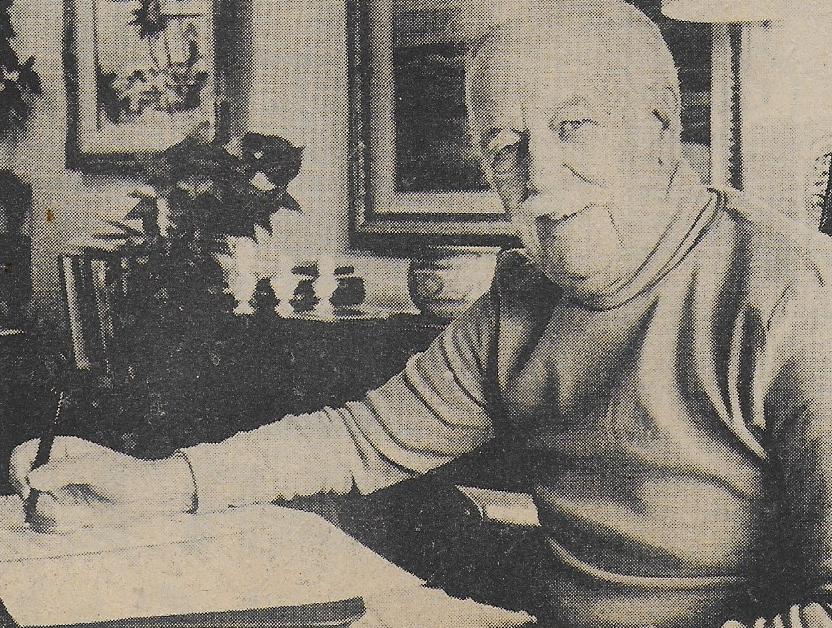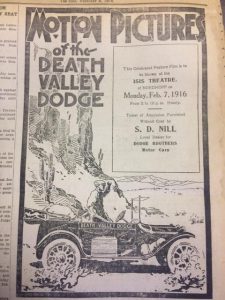The following article first appeared in the Spring 2017 issue of the “Ojai Valley Visitors Guide” on pages 158 through 164. That magazine was published by the “Ojai Valley News”. The article is reprinted here with their permission.
All kinds of Fun
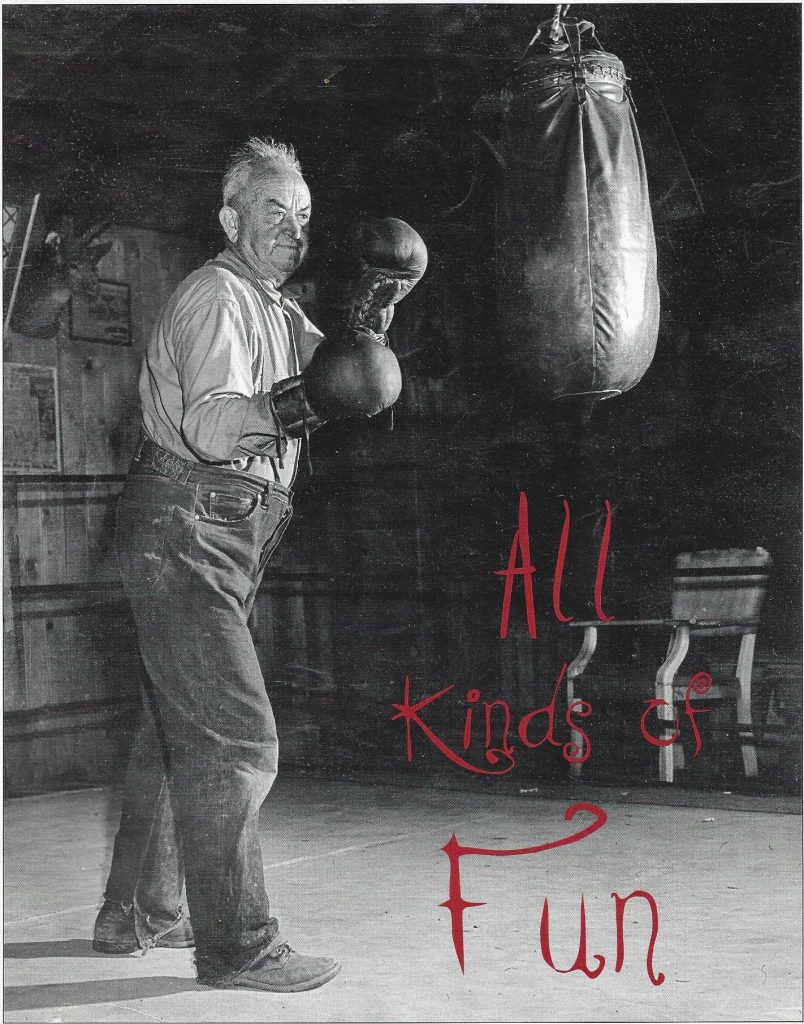
Ojai’s past is full of unusual amusements that attracted everyone from gangsters to golfers
____________________________
story by Perry Van Houten
____________________________
It was long before the invention of the smartphone and the MP3 player and prior to the proliferation of video game consoles, but folks in the Ojai Valley still found plenty of ways to keep themselves amused and entertained.
Of course, hiking, horseback riding, fishing, and tennis were already long-established pastimes for residents and visitors of the Ojai Valley, but as early as the 1930s, entrepreneurs were finding other clever (and, at times, profitable) amusements for the populace.
Pop Soper’s nickelodeons
Prior to World War II, Clarence “Pop” Soper ran a training camp for boxers at the mouth of Matilija Canyon. The most famous boxer to train there was heavyweight Jack Dempsey, in 1927. Another famous visitor was notorious gangster Al Capone.
The camp had a canvas-roofed boxing ring, with benches for spectators, along with entertainment for visitors, such as nickelodeons, including a player piano. Drop five cents into the slot and it would play.
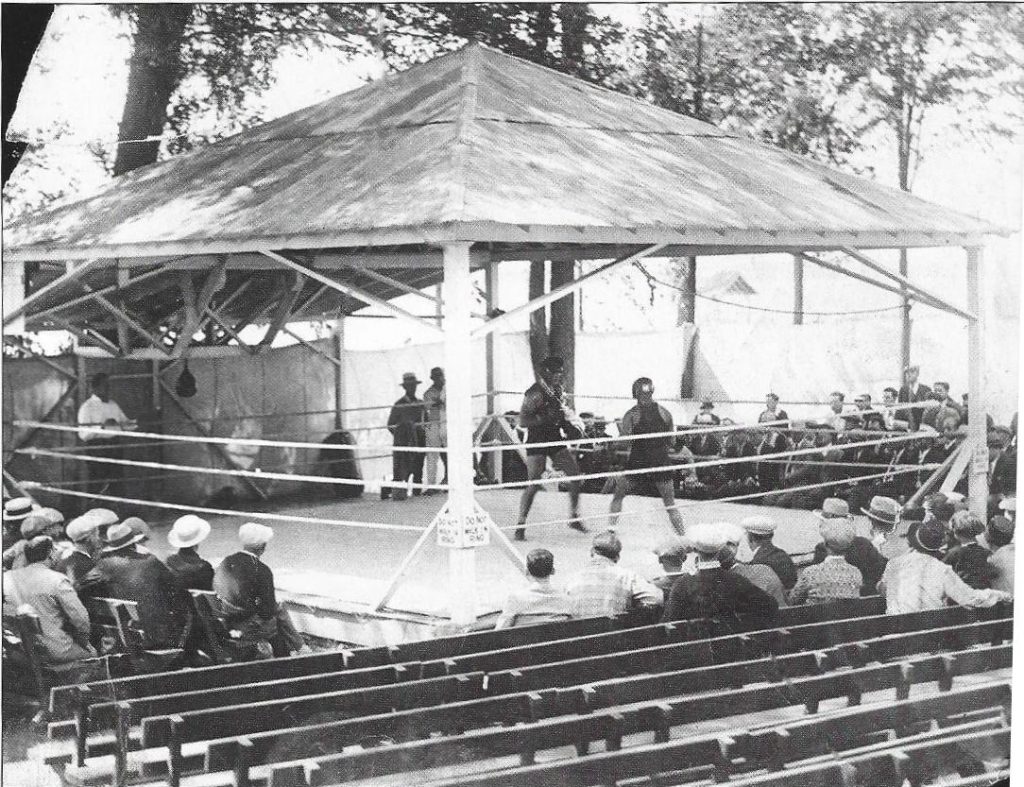
“Around his boxing ring, inside the building, he had all these music players — a self-playing violin, self-playing drums and a big guitar that would play,” explained Dwayne Bower, whose family owned Ojai Van Lines.
“After he died, my dad and I went up there and brought all those to our warehouse in Meiners Oaks, and we stored them there. His brother, Lenny Soper, sold them off one at a time, probably when he needed a little money. I remember delivering one to Hollywood and elsewhere in Los Angeles. They’re very, very, very rare items.”
Bower, an avid car collector, restored Soper’s 1929 Packard, which he purchased in 1957 for $75.
Kiddie land
Tucked into the mountains north of Pop Soper’s was a resort that offered hot mineral springs, indoor and outdoor games and sports. Wheeler Hot Springs changed owners many times, the most notable being radio and TV star Art Linkletter, famous for his program, “Kids Say the Darndest Things.”
After Linkletter purchased the resort he added a new attraction called Kiddie Land, with rides and other features designed for children. But the idea never really took off and Linkletter reportedly lost a bundle.
Ojai movie theaters
J.J. Burke opened the Ojai Valley’s first movie theater in 1914. The first film screened at the Isis Theater was Jack London’s “Valley of the Moon.” Admission was 20 cents for adults and 10 cents for children. In addition to showing movies, the theater also hosted vaudeville acts, plays and dances.
The theater changed names and ownership numerous times, becoming the Ojai Theatre in 1926. It got some competition in 1964 when a theater at the “Y” opened its doors. Los Robles Theatre at 1207 Maricopa Highway screened movies until 1972 and advertised “acres of free parking.”
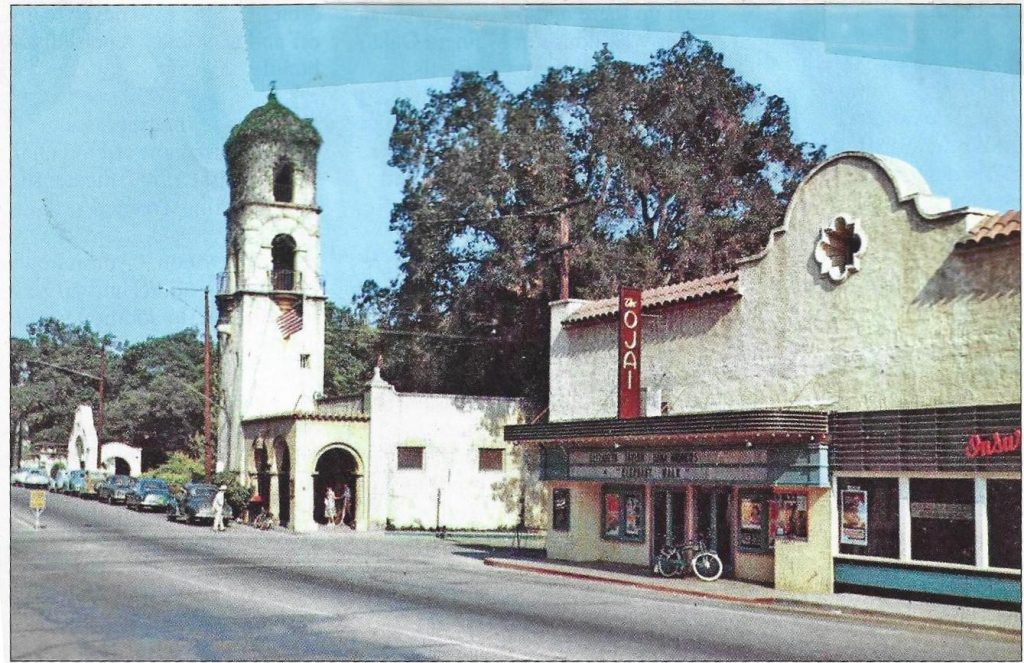
The Ojai Theatre became the Glasgow Playhouse in 1966, then the Ojai Playhouse in the early ’80s when it was purchased by the Al-Awar family. Sadly, the theater was closed in July 2014 due to a water main break under Ojai Avenue in front of the building. A battle continues after more than two years between the owner, the water company and its insurer over who should pay for the repairs.
Golf
Years before the golf courses at Soule Park and the Ojai Valley Inn opened, golfers were teeing off on a course set up in 1893 by Mary Gally, proprietor of the Gally Cottages at Ojai Avenue and Gridley Road. Charles Nordhoff, for whom the town was originally named, stayed at the cottages each time he visited the valley.
The Cottage course featured putting greens made of sand and a fairway pocked with tree stumps and squirrel holes. Mary Gally’s son, Howard, remembered as a child being held by his ankles, upside-down, and lowered into a hole to retrieve a golf ball lost by a player. An entire day of golf at the six-hole course would set you back a whole 25 cents; a week’s play only a buck. The links were watered by artesian wells on the 40-acre property and the grass cut by a flock of sheep, according to Ojai historian David Mason.
Miniature Golf
In the 1960’s, the Townsend family opened the miniature golf course on East Ojai Avenue at the current location of Ventura County Fire Department Station 21. The course presented players with the usual challenges, such as the hole placed at the apex of a cylindrical cone. “I loved it except for the volcano,” said one golfer. “I hated that hole.”
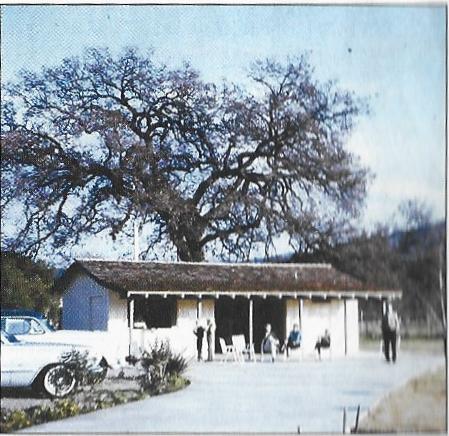
A woman who played the course told of a natural obstacle she encountered. “I remember seeing a snake on one of the holes. It scared me to death,” she said.
After the mini-golf course closed and was torn down, some locals turned it into a BMX track for a short time before they built the fire station.
Bowling
The popularity of bowling exploded in the U.S. in the 1950s, and folks in Ojai soon caught the fever. The valley’s first bowling alley was a single lane affair on Ojai Avenue, across from the Arcade. A second bowling alley, Topa Lanes, opened in 1960 at Ojai and Golden West Avenues.
The 16-lane facility also featured arcade games, birthday bowling parties and organized league play. “We actually had our senior all-night party there, and that was a big, big deal,” recalled Bower. “The lanes were brand new, so we stayed there all night and partied.”
A girl who had her eighth birthday party at the lanes remembered a mishap involving a relative. “My grandma broke her shoulder ’cause she decided not to wear her bowling shoes and flew down the lane head-first,” she said.
Ojai resident Drew Mashburn bowled at the former bowling alley, played the pinball machines and ate at the restaurant there. “My buddies and I probably drove all the restaurant patrons crazy by playing ‘Loco-motion’ over and over again on the jukebox.”
John Sawyer of Ojai bowled a perfect 300 game at Topa Lanes in January 1963, the first ever at the facility. He was 21 at the time. He later appeared on a Los Angeles TV bowling show to talk about his game.
The lanes, last known as Ojai Valley Bowl, closed in the late 1990’s and the building sat vacant for many years. In 2016, a new owner of the property unveiled plans to build a craft brewery, pub and eventually a boutique hotel on the site.
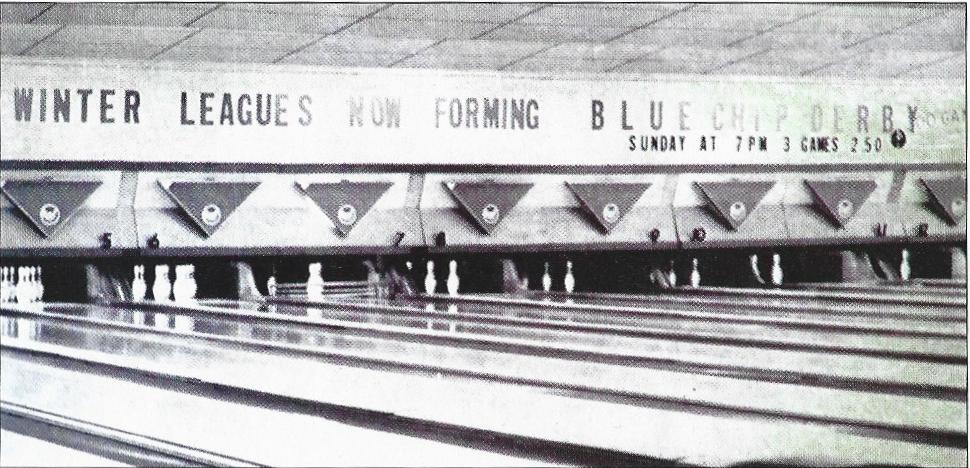
A Downtown Carnival
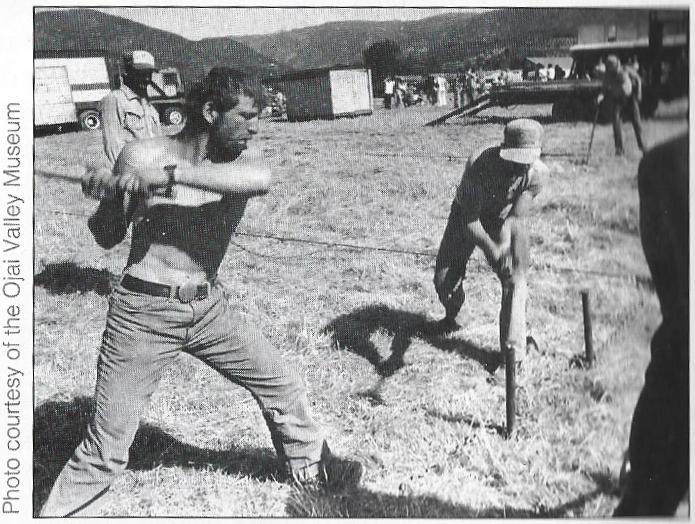
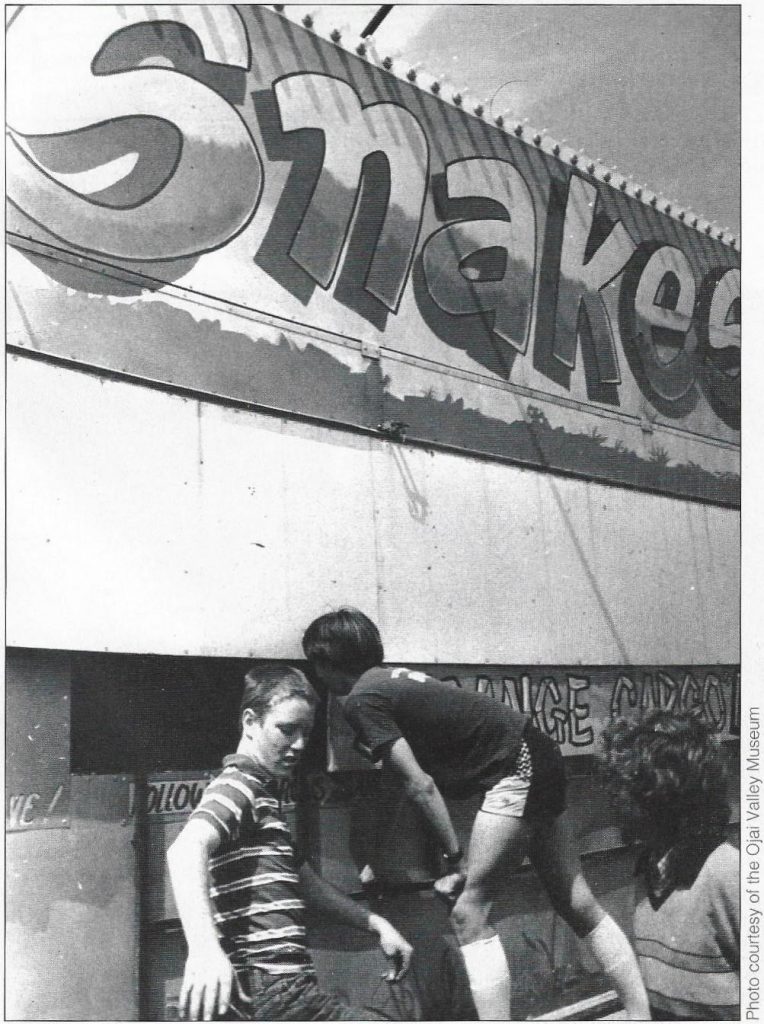
In the 1950s, when a carnival came to town, it would set up at the present location of the Westridge Midtown Market on Ojai Avenue. Mashburn remembers riding an attraction called “The Octopus” when he was 6.
“What in tarnation was I thinking?” Mashburn asked. “Each bucket of The Octopus was on the end of a long arm. The whole apparatus went in a circle and each arm went up and down. To make matters worse, each bucket rapidly spun in a circle. I felt like I was in a food blender. I got down on the floor on all fours and prayed for the monster machine to stop. Mom yelled at the operator to stop it each time it passed him. I think he must have thought Mom was yelling, ‘Speed it up!’ I’ve never been on one since.”
One year, Mashburn’s mother, Arlou, ran a booth where carnival-goers lobbed darts at balloons. “Mom was up near the balloons and bent down with her back to the dart-throwers. Yep, a dart hit her squarely in the butt! She said she thought the person did it on purpose.”
Ya think?

